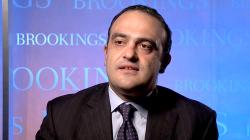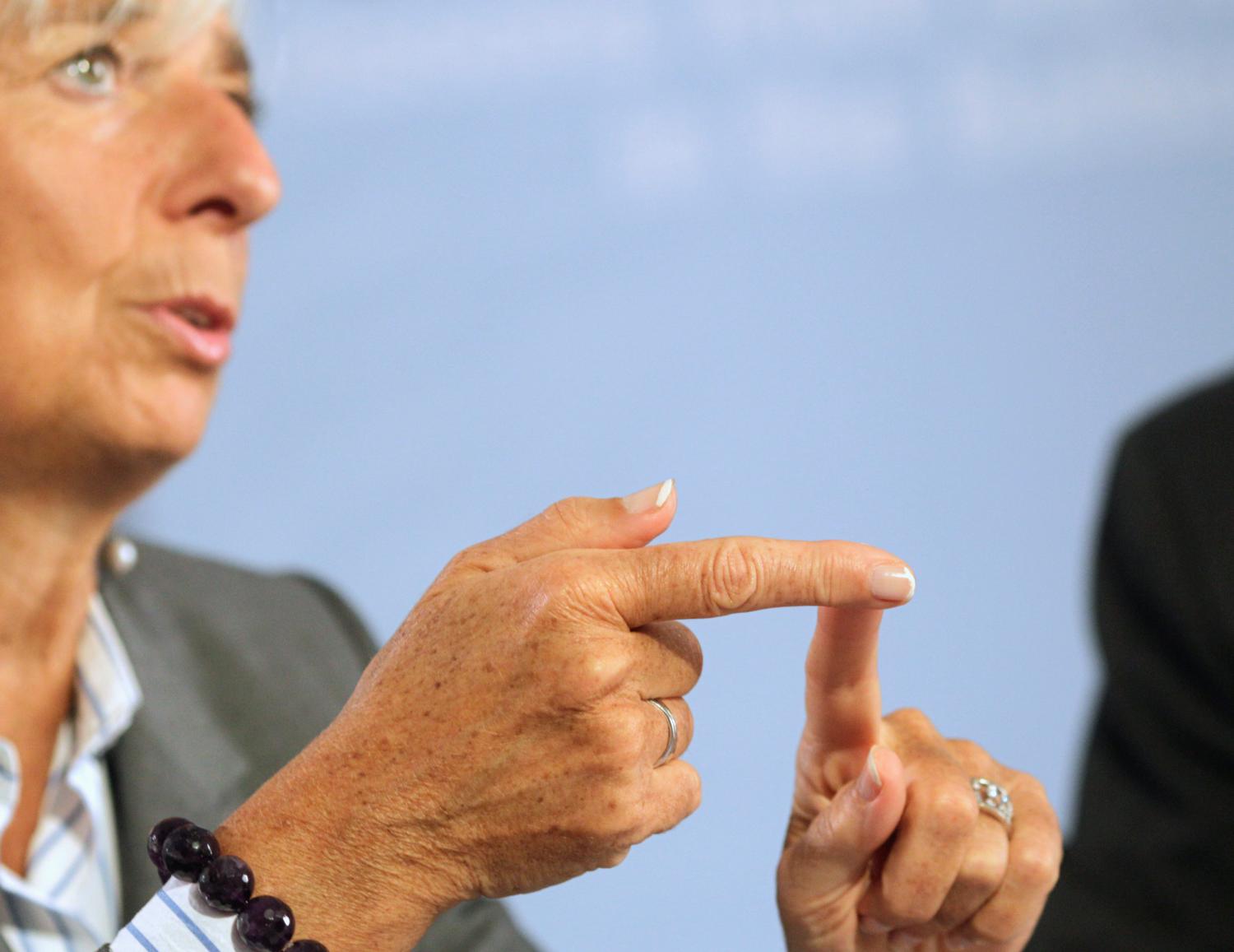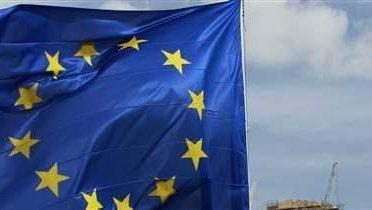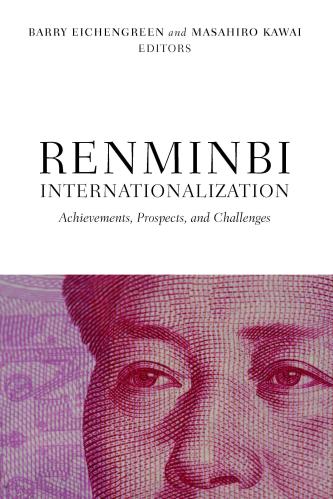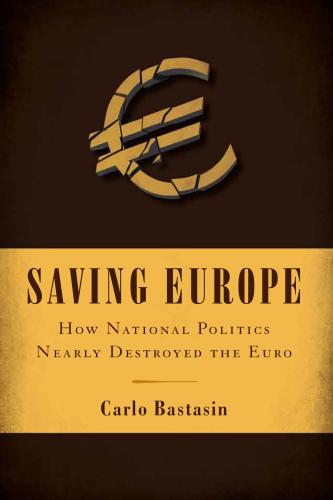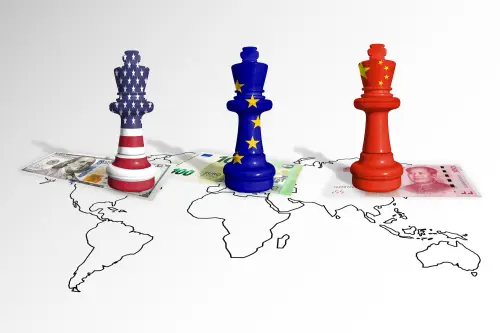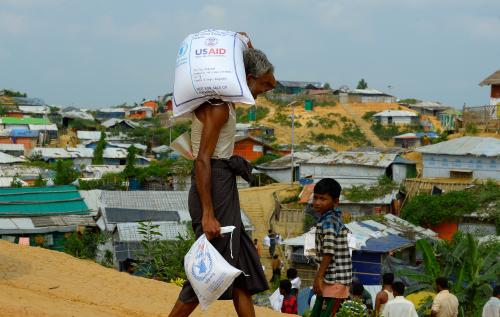Editor’s Note: This piece was originally published in the “G20 Mexico Summit 2012: Cracking the Code at Los Cabos.” Click here to read the full publication.
At the spring meetings of the International Monetary Fund (IMF) in April 2012, several member countries pledged more than $430 billion to increase the institution’s resources. In practice, the IMF’s lending capacity will double to some $800 billion once these pledges kick in. While a few countries have already made an unconditional commitment, some need to consult their constituencies at home before they can finalise any pledges – including Brazil, China, India and Russia.
No doubt the Los Cabos Summit will provide the opportunity to finalise those commitments and reiterate the membership’s support for the IMF. As it stands, the IMF has already activated the contingent facility of the New Arrangements to Borrow, and its promised doubling of the capital base – as endorsed at the G20 Seoul Summit in November 2010 – may take longer than initially envisaged. As a result, these renewed commitments by the membership could not have been more timely.
The aim of having leaders of systemically important countries focus on IMF issues is to provide political momentum for bolder discussions on IMF policies.
Yet it would be a missed opportunity if the summit were to turn into an accounting exercise about the IMF’s finances. The aim of having leaders of systemically important countries focus on IMF issues is to provide political momentum for bolder discussions on IMF policies. In fact, the crucial question that leaders should ask themselves is not ‘how much’ but ‘why’. That is, what exactly is the strategy underlying the doubling of the IMF’s lending capacity?
So far, the answer has been rather unclear. Following the demise of the Bretton Woods exchange rate system in the 1970s, the IMF lost its credit union character and has since become a lender to small and medium-sized developing economies. Its financial capacity has steadily declined in relative terms, but the segmentation of its borrowing clientele has enabled the IMF to cope with the rationing of resources imposed by its main shareholders.
The ongoing European crisis, however, has brought pressure to bear on this fundamental limitation. With a current lending capacity of less than $400 billion, the IMF can hardly exert any systemic role in today’s global financial system. For instance, given its status as a de facto minority shareholder in the rescue programmes to peripheral eurozone economies, the IMF has not been in a position to voice its concerns and its input effectively as far as programme design is concerned.
A crucial, stabilizing role
In the case of Greece, the IMF had highlighted the need for private sector involvement from the start, but no one listened until it was rather late. Based on this unbalanced relationship with the other European lenders, the IMF may decide to retrench from the European crisis, mitigating its exposure to the new rescue programmes in the periphery.
As for the larger sovereigns under stress, Italy and Spain, the IMF has hardly been a feasible option. Their funding needs are too great for the IMF’s meagre balance sheet and calls by the IMF for precautionary programmes for these two countries have hardly been heard in Rome or Madrid.
Some highlight the fact that, at the height of the international financial crisis, the IMF played an important, stabilizing role vis-à-vis Colombia, Mexico and Poland, through its uncapped, crisis-prevention flexible credit line (FCL). Indeed, following news of their precautionary programmes, market spreads narrowed in these countries.
The comparison with Italy and Spain, however, would be ill suited, even assuming that Italy and Spain might qualify for an FCL, which is unlikely. In the case of the FCL-supported countries, the IMF had the financial capacity to stabilize the countries’ rollover needs, in the event their economies had been cut off from markets.
Asymmetric prospects
This is simply not the case for the larger eurozone sovereigns. As a result, they are confronted with an asymmetric prospect. If they request an IMF programme, they face, as each potential IMF borrower does, the risk of an (unpalatable) market reaction that could escalate the very outcome they are trying to diffuse by bringing the IMF on board: that is, an unsustainable increase in spread that would, de facto, cut their economies out of markets.
Unlike FCL-supported economies, however, there would be no way for the IMF to step in the larger eurozone sovereigns and counter adverse developments, given the IMF’s limited financial capacity. Should Italy and Spain request a precautionary arrangement so as to diffuse market pressure, they could potentially escalate the very political and financial risks they are trying to avoid.
The only way the IMF option may be feasible is if the European Central Bank (ECB) were to rely on IMF conditionality to contain the moral hazard that, under an extreme scenario, the ECB’s own emergency large-scale interventions would trigger. This is, however, hardly the precautionary programme that the IMF has successfully offered to other member countries.
In the IMF’s almost 70 years of history, the effectiveness of its advice in shaping the policies of member countries has been invariably tied to its actual or potential role as lender. This argues for a greater lending capacity for the institution, whose resources would be drawn with conditionality and only if needed, then refunded with interest.
This is crucial for establishing the IMF’s role as a fundamental interlocutor during times of systemic crisis and for providing it with actual leverage in the shaping of crisis resolution. The alternative is a subaltern institution that would be called on to top up financial needs wherever a crisis erupts.
The Brookings Institution is committed to quality, independence, and impact.
We are supported by a diverse array of funders. In line with our values and policies, each Brookings publication represents the sole views of its author(s).
